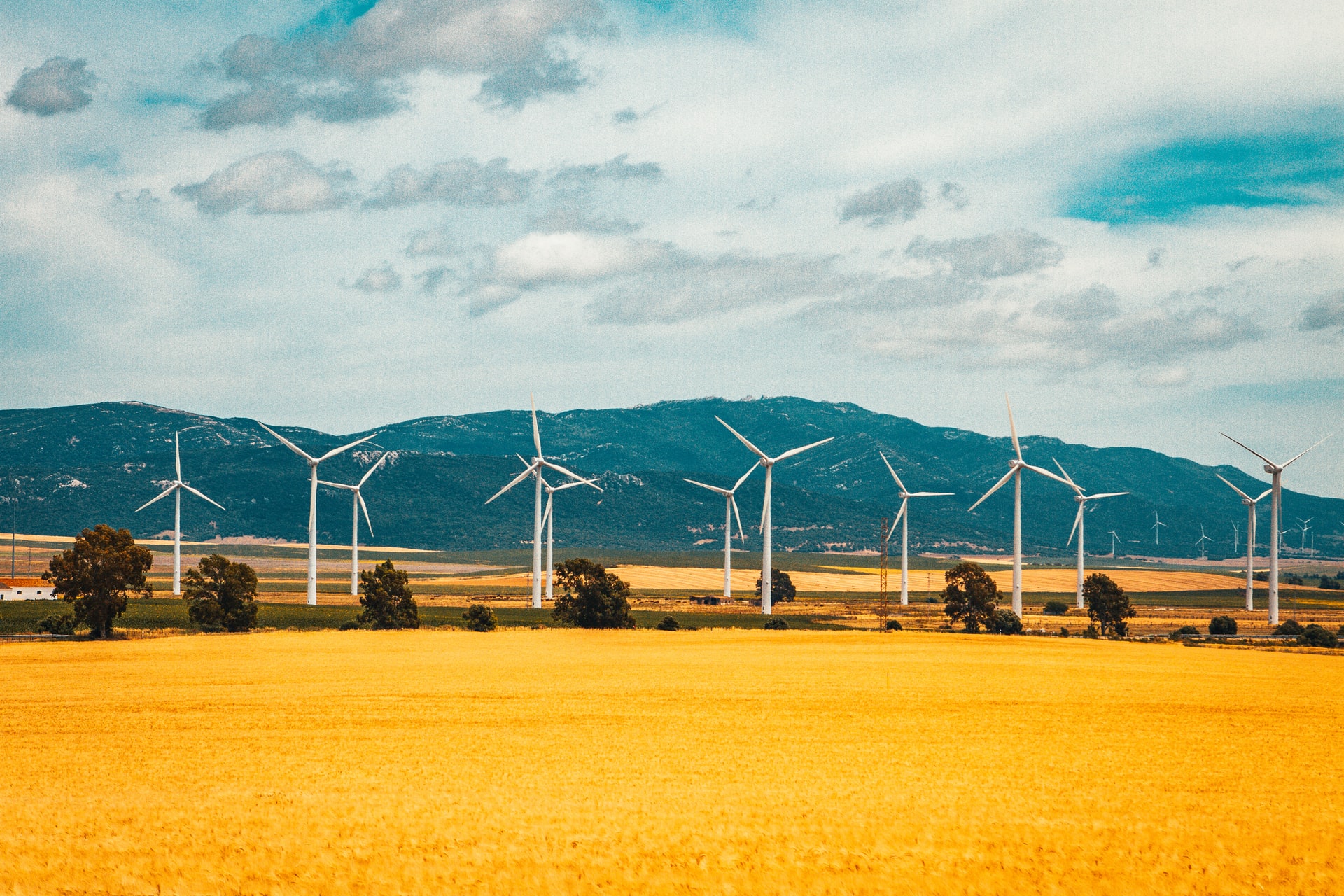Direct air carbon capture is a technology that captures carbon dioxide (CO2) directly from the air. This is different from traditional carbon capture methods, which capture CO2 emissions from power plants and other industrial sources.
Direct air carbon capture has the potential to significantly reduce the amount of CO2 in the atmosphere and mitigate the impacts of climate change. It works by using specialized filters or chemicals to absorb CO2 from the air, which is then stored or reused in various ways.
One potential use for captured CO2 is in the production of synthetic fuels, which can be used to power vehicles and other forms of transportation. CO2 can also be used in the production of building materials, such as concrete and plastics, and in enhanced oil recovery, where it is injected into oil fields to increase the amount of oil that can be extracted.
There are several direct air carbon capture projects currently in development around the world, and the technology has received significant investment from governments and private companies. However, it is still in the early stages of development and has not yet been widely deployed.
One of the main challenges of direct air carbon capture is the high cost of the technology. It requires a lot of energy to operate, which can make it expensive to deploy on a large scale. There is also the question of what to do with the captured CO2 once it is collected. Storing it underground or using it in the production of useful products are both options, but both come with their own challenges and costs.
Despite these challenges, direct air carbon capture has the potential to make a significant impact on reducing CO2 levels in the atmosphere and slowing the pace of climate change. As the technology continues to advance and costs come down, it could play a key role in the fight against global warming.
There are several different types of direct air carbon capture technology that are being developed and tested:
- Chemical absorption: This is the most common type of direct air carbon capture technology. It works by passing air through a solution or absorbent material that reacts with and captures the CO2. The CO2 can then be removed from the absorbent material and stored or used in other applications.
- Membrane separation: This technology uses a specialized membrane to filter CO2 out of the air. The membrane is selective, allowing only CO2 molecules to pass through while other gases are blocked.
- Cryogenic separation: This method uses extreme cold temperatures to separate CO2 from other gases in the air. When the air is cooled to a certain temperature, the CO2 becomes a liquid and can be separated out from the other gases.
- Adsorption: This method uses materials with a high surface area, such as activated carbon, to adsorb CO2 from the air. The CO2 is then released from the material when it is heated or treated with a chemical.
- Biofiltration: This technology uses living organisms, such as plants or algae, to absorb CO2 from the air. The CO2 is then used by the organisms in their growth process.
There are pros and cons to each of these methods, and researchers are working to improve and optimize the various technologies to make them more effective and efficient at capturing CO2 from the air.
Some advantages of direct air carbon capture technology include:
- Ability to reduce atmospheric CO2 levels: Direct air carbon capture has the potential to significantly reduce the amount of CO2 in the atmosphere, which can help mitigate the impacts of climate change.
- Can be deployed anywhere: Traditional carbon capture technologies only work at industrial sources, such as power plants. Direct air carbon capture, on the other hand, can be deployed anywhere, which makes it more flexible and potentially more effective at reducing CO2 levels.
- Can be used in combination with other technologies: Direct air carbon capture can be used in conjunction with other technologies, such as renewable energy, to further reduce CO2 emissions.
Some disadvantages of direct air carbon capture include:
- High cost: The technology is currently expensive to implement, which makes it difficult to deploy on a large scale.
- Requires a lot of energy: Direct air carbon capture requires a lot of energy to operate, which can make it expensive to run and potentially contribute to CO2 emissions.
- Limited storage options: It is currently challenging to find safe and effective ways to store large amounts of captured CO2.
- Limited uses for captured CO2: While captured CO2 can be used in the production of synthetic fuels and building materials, there are currently limited uses for it. This limits the economic viability of direct air carbon capture projects.

